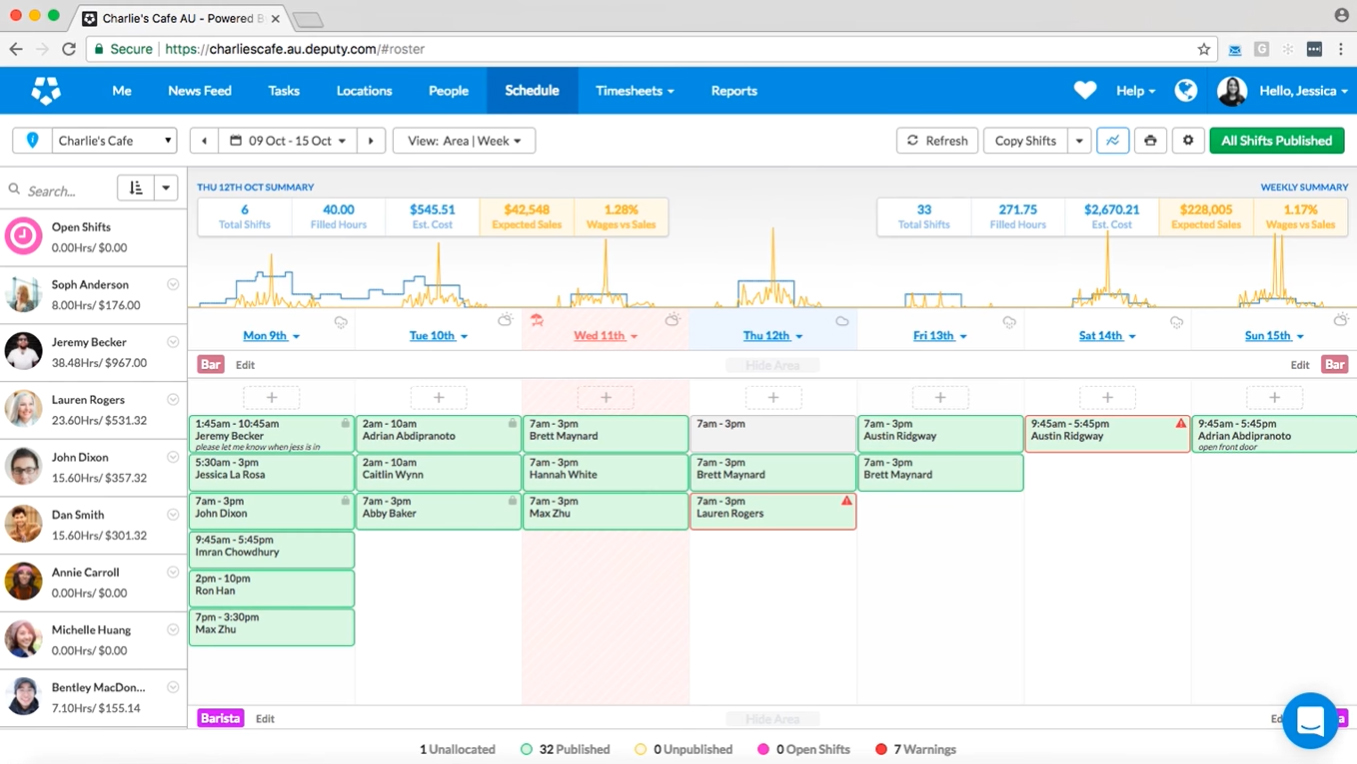This Scheduling Revolution: Enhance Productivity using the Right Software
In the current rapidly evolving work environment, strategic scheduling has emerged as a key element of workplace efficiency. As teams develop and tasks multiply, relying on outdated methods can lead to confusion rather than collaboration. This is where the significance of capable work scheduling software becomes evident, revolutionizing how we approach our everyday tasks and long-term projects. By adopting these tools, organizations can enhance their operations, improve communication, and in the end increase overall productivity.
Imagine a work environment where employees allocate less time juggling schedules and more time concentrating on their primary responsibilities. With the best work scheduling software, that vision can turn into a possibility. These cutting-edge solutions not only streamline the scheduling method but also provide flexibility and visibility, allowing teams to respond quickly to changing needs. In this article, we will delve into how adopting advanced scheduling solutions can redefine productivity and encourage a more structured, synergistic work culture.
Comprehending Labor Scheduling
Job scheduling is a essential element of efficient enterprise activities. It entails planning and structuring tasks, shifts, as well as resources to ensure that all required work is completed successfully. A well-organized schedule permits teams to maximize their productivity by synchronizing workloads with available staff, meanwhile simultaneously considering personal schedules and varying work demands. This planned approach eventually leads to improved job satisfaction as well as reduces burnout.
In this fast-paced work environment, adaptable and changeable work scheduling has become increasingly important. Companies must modify to changing needs, which may involve adjusting for remote workers, managing part-time staff, or responding to unexpected absences. The right scheduling software enables organizations to quickly perform these modifications, providing instant updates and ensuring that teams can react to challenges without substantial disruption. This flexibility not solely enhances productivity and also fosters a culture of flexibility.
In addition, effective work scheduling leads to better communication and collaboration within teams. When everyone is informed of their responsibilities plus deadlines, it establishes a clear roadmap for success. Scheduling software often features features that support seamless communication, allowing team members to share availability, trade shifts, and discuss workload concerns. By utilizing technology in this way, businesses can create a more coordinated and cohesive workforce, ultimately driving performance and achieving organizational goals.

Benefits of Workforce Management Software
Workforce management software considerably improves productivity by streamlining the planning process. By automatically assigning the assignment of tasks and shifts, teams can eliminate the chaos of manual scheduling. This efficiency not only preserves time but also lowers the risk of errors, ensuring that assets are allocated effectively and that workloads are managed. When employees see clear schedules, they can better manage their time and responsibilities.
Another significant benefit is enhanced communication within teams. Scheduling software frequently includes elements like shared calendars and alerts, which keep everyone informed about changes and forthcoming deadlines. This clarity encourages collaboration and helps reduce misunderstandings. When collaborators are on the same track, they are more apt to collaborate effectively and meet project goals without unnecessary issues.
In conclusion, scheduling technology provides important insights through performance tracking. Managers can monitor performance trends, find bottlenecks, and make data-driven decisions about workforce planning. By analyzing scheduling patterns, organizations can optimize workflows and enhance overall operational efficiency. Understanding how time is spent allows companies to adapt and evolve their strategies, leading to sustained productivity gains.
Choosing the Appropriate Tool
Choosing the right work organization software is essential for boosting productivity and simplifying operations. With zoho crm of options available, it's important to assess your team's unique needs and process. Take into account factors such as the size of your team, the complexity of your projects, and the capabilities you desire. User-friendly interfaces often result in increased adoption rates, so emphasize tools that your team can navigate easily without significant training.
Interoperability capabilities should also play a significant role in your selection process. A great scheduling tool should easily work with your pre-existing applications, such as project management and communication platforms. This integration is crucial, as it improves collaboration, minimizes overlap, and keeps everyone on the same page. Look for software that offers APIs or native connections with tools your team is familiar with.
Finally, do not ignore customer support and the provision of resources for training. A high-quality work scheduling software should come with reliable support services to troubleshoot any potential issues. Access to tutorials, community forums, and efficient customer service can make a substantial difference in your experience. By taking the time to evaluate these essential aspects, you can select a tool that will truly empower your team and advance productivity onwards.